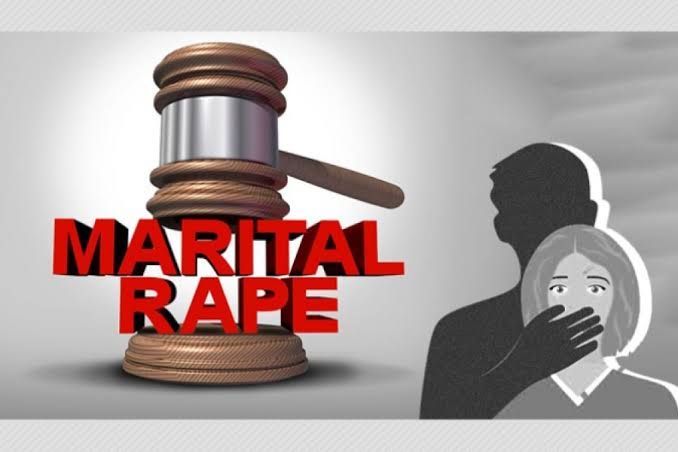AN ANALYSIS OF INTERNATIONAL HUMAN RIGHTS LAWS
BY Sakshi Jha, Symbiosis Law School, Hyderabad
ABSTRACT:
The United Nations defines Human rights as “Human rights are rights inherent to all human beings, regardless of race, sex, nationality, ethnicity, language, religion, or any other status. Human rights include the right to life and liberty, freedom from slavery and torture, freedom of opinion and expression, the right to work and education, and many more.” These rights are universally applicable and cannot be denied.
International human rights law requires governments to take specific measures or refrain from taking certain actions in order to protect and promote the most fundamental liberties and human rights of both individuals and groups.
In this article, we’ll be analysing what International Human Rights Laws are and how do citizens across the globe benefit from it.
Keywords: International Human Rights Laws
INTRODUCTION:
Human rights law is a collection of international rules established by convention or custom that give people and organisations a framework to anticipate and/or assert rights that their respective States are obligated to protect. In addition to various concepts and guidelines that are not based on treaties, the set of international human rights standards.
With the ratification of several international human rights treaties and other accords since 1945, inherent human rights now have a legal framework and the body of international human rights has grown. Additional local mechanisms that offer particular protection strategies and take into account the region’s particular human rights concerns have been devised.
States must follow the obligations specified in international human rights law. When states enter international agreements, they assume obligations under international law to safeguard, maintain, and protect human rights. States are prohibited from restricting or impeding the exercise of human rights in accordance with their commitment to preserving those rights. States have a duty to protect individuals and communities against human rights abuses. States have a duty to uphold, and part of that duty is to facilitate the proactive enjoyment of fundamental human rights.
When governments ratify international human rights treaties, they undertake to implement domestic laws and policies that are compliant with those treaties’ duties and obligations. The main treaties of human rights laws are as follows: (i.) Universal Instruments and (ii.) Regional Instruments. Convention on the Prevention and Punishment of the Crime of Genocide (1948), International Covenant on Civil and Political Rights (1966) are a few examples of the Universal Instrument. European Convention on Human Rights (1950), American Convention on Human Rights (1969) are a few examples of the Regional Instruments.
Human rights organisations, such the European Court for Human Rights for the European Convention on Human Rights and the Human Rights Committee for the International Covenant on Civil and Political Rights, oversee these treaties. Although IHL and human rights law have evolved independently, several human rights treaties have IHL-derived clauses.
The UN system has put in place mechanisms to monitor and look into state parties’ compliance with their individual treaty obligations. The Human Rights Council is one of these tools, as are organisations established by international human rights accords and composed of impartial specialists. The Office of the High Commissioner for Human Rights provides secretarial support to the majority of these agencies (OHCHR). The Council created the Special Procedures (or methods) to address both global issues and specific country emergencies. A working group or an individual, such as a special rapporteur, representative, or independent expert, can handle special procedures. They are renowned, unbiased specialists who serve voluntarily after being chosen by the Human Rights Council. Each submits a report on their conclusions and suggestions to the Human Rights Council.


